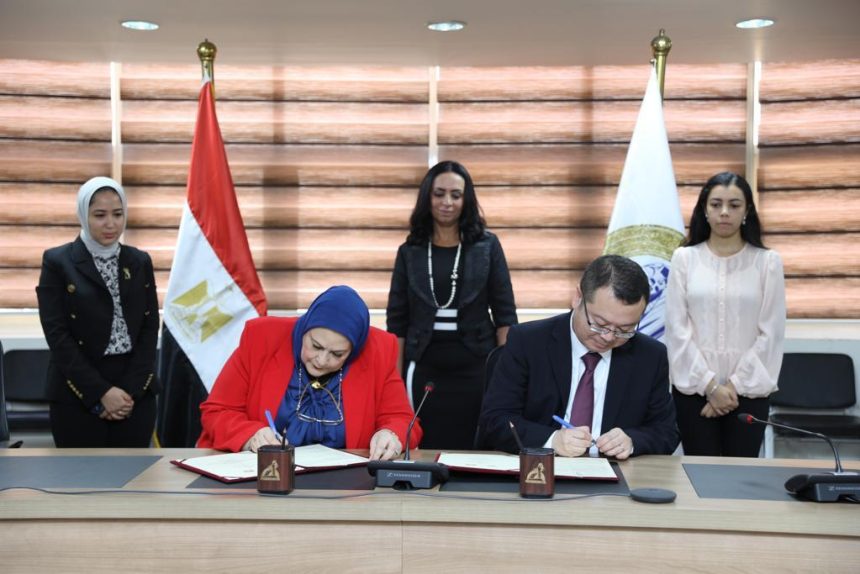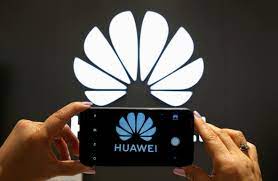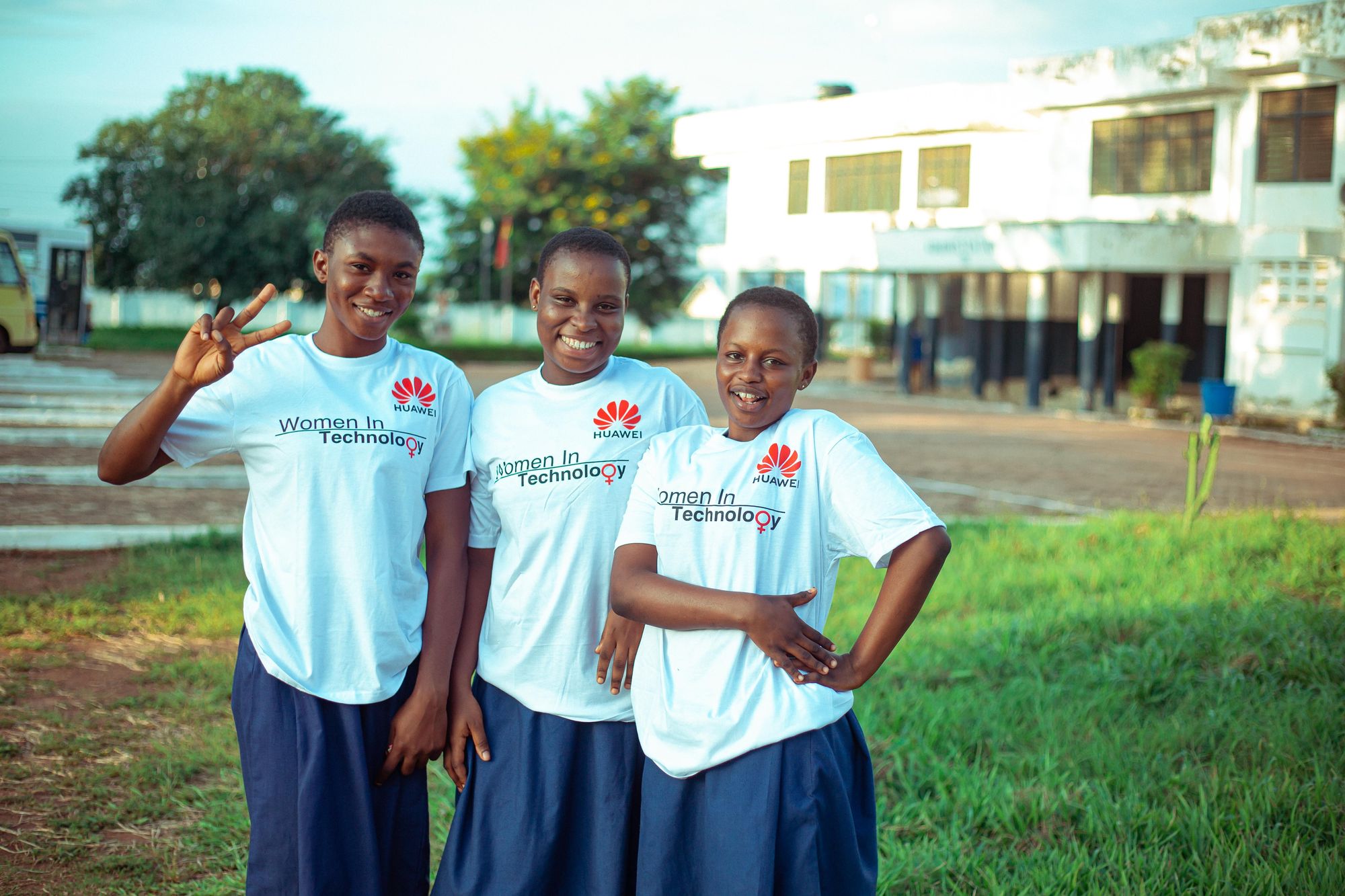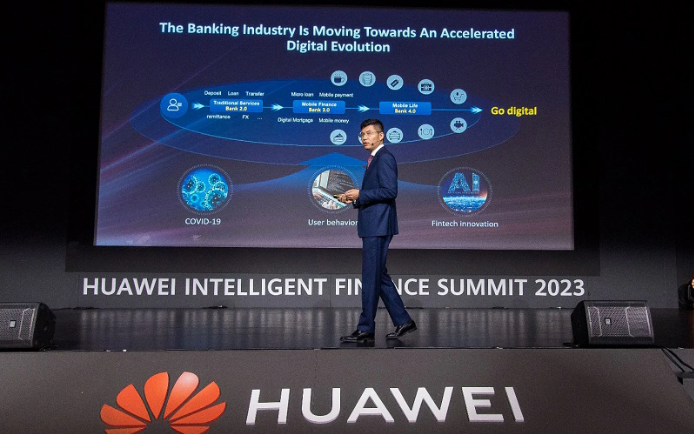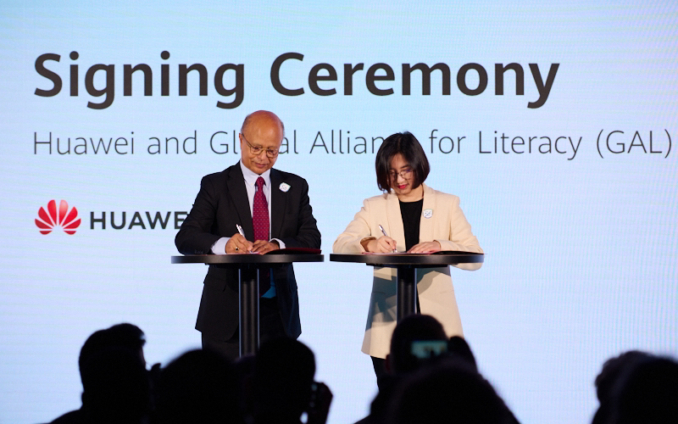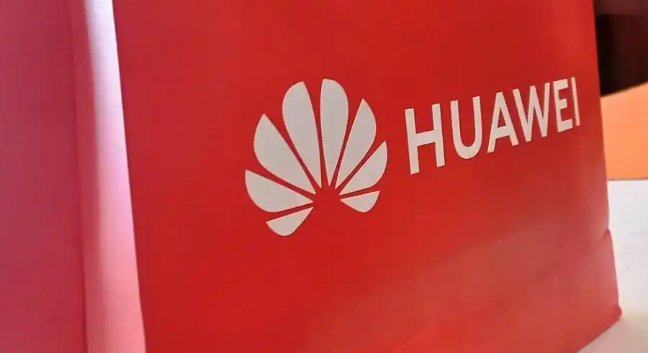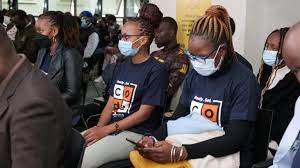In a pioneering move towards advancing education in Nigeria, MTN Nigeria and Huawei have entered into a strategic partnership aimed at harnessing the transformative power of 5G technology.
The groundbreaking 5G launch event took place at Baze University in Abuja recently, where the two technology giants, alongside the university, signed a memorandum of understanding (MOU) to kickstart this monumental initiative.
The collaboration between MTN Nigeria, Huawei, and Baze University signifies a significant leap forward in the realm of education. It showcases the unwavering commitment of these esteemed organizations to collaborate in unlocking the potential of 5G technology to usher in a brighter future for Nigerian students and businesses.
Read also: Huawei, NCW partner to boost Egyptian women’s participation in ICT
5G: Revolutionizing the Educational Landscape
The partnership envisions leveraging 5G technology to foster economic growth, enhance educational experiences, and empower enterprises in the digital age. With its lightning-fast speeds, low latency, and high bandwidth capabilities, 5G holds immense promise for transforming education in Nigeria across various facets.
One of the key areas where 5G is set to make a profound impact is in enabling immersive learning experiences. The high-speed, low-latency nature of 5G allows for virtual reality (VR) and augmented reality (AR) applications to thrive, bringing textbooks to life and allowing students to explore subjects in unprecedented ways. Imagine history lessons where students can virtually visit historical sites or science classes with immersive simulations – 5G can make these a reality.
Real-Time Collaboration: Bridging Distances
Another game-changing aspect of 5G in education is real-time collaboration. With the power of 5G connectivity, students and educators can seamlessly collaborate regardless of their physical locations. This opens up opportunities for global learning experiences, where students can interact with peers and experts from around the world, breaking down geographical barriers.
5G technology enables personalized learning experiences through data-driven insights. With the ability to gather and process vast amounts of data in real time, educational platforms can adapt to the individual needs and learning styles of each student. This means that learners can receive customized content and support, ultimately improving their educational outcomes.
One of the most pressing issues in Nigerian education is access to quality resources. 5G has the potential to bridge the digital divide by providing high-speed internet access to remote and underserved areas. This means that students in rural communities can access the same educational resources and opportunities as their urban counterparts, leveling the playing field.
MTN and Huawei’s Commitment to Education
MTN Nigeria and Huawei have a shared commitment to fostering positive change in Nigeria’s education sector. Both organizations have a long history of investing in technological advancements and have recognized that 5G is the key to unlocking new possibilities in education.
Baze University, as the host of this momentous event, plays a pivotal role in facilitating this partnership. The institution’s dedication to innovation and its forward-thinking approach to education align perfectly with the goals of MTN and Huawei in revolutionizing learning through 5G technology.
The Road Ahead
As the MOU between MTN Nigeria, Huawei, and Baze University takes shape, the future of education in Nigeria is poised for transformation. With the power of 5G technology, students can look forward to immersive, collaborative, and personalized learning experiences. Moreover, businesses will benefit from a more skilled and tech-savvy workforce, driving economic growth.
The partnership between MTN Nigeria, Huawei, and Baze University represents a beacon of hope for the Nigerian education sector. With 5G technology as the catalyst, the possibilities are limitless, and the journey towards a brighter educational future has officially begun. Stay tuned as we witness the evolution of education in Nigeria, powered by the synergy of these industry leaders.

